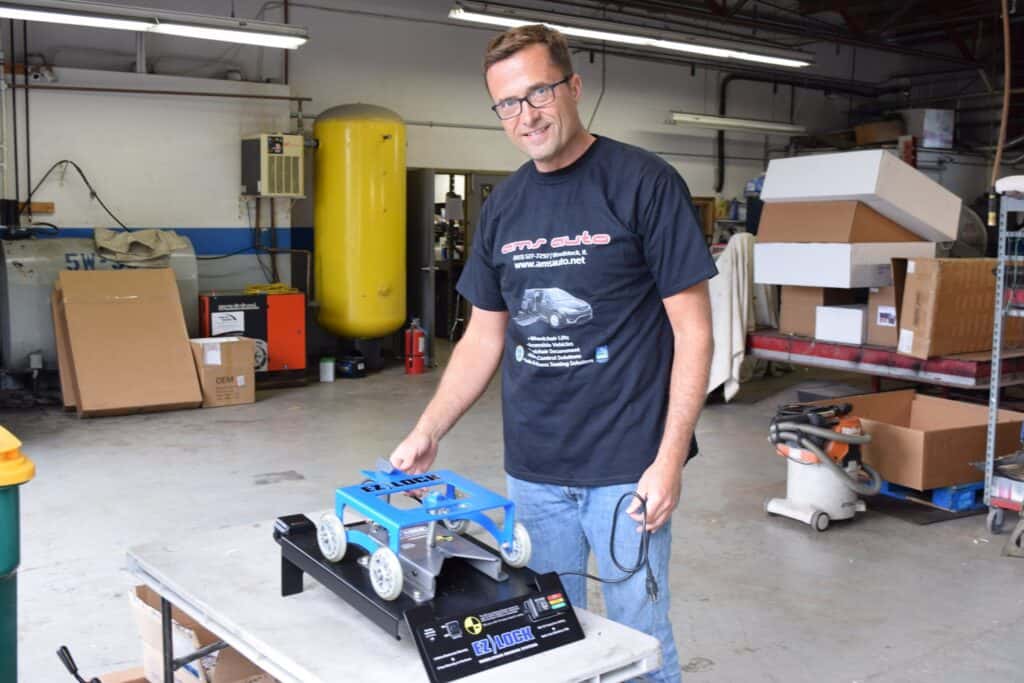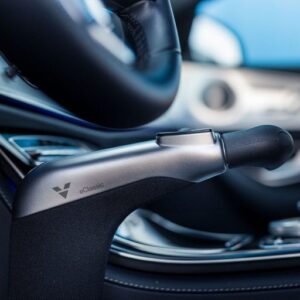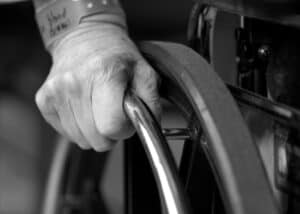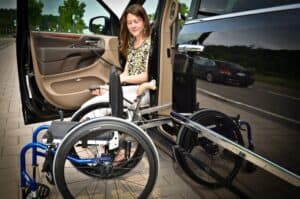Mobility is defined as the ability to move or walk freely and easily, which is considered critical for one’s health and independence.
A mobility disability often affects a person’s movement and/or gross motor skills, such as walking or fine motor movement. More than 3.6 million Americans have travel-limiting disabilities that keep them homebound without the right equipment and services. Transportation is considered a major barrier for people with disabilities due to inadequate options, equipment and services. As a result, people with mobility disabilities can feel as though they have a lack of independence and freedom.
What is Alternative Mobility?
Alternative mobility can assist people who have difficulty getting around, especially when they leave the house, through products, equipment and services. Alternative mobility equipment can be used to help a person with a disability fully engage in life activities and achieve independence.
Alternative Mobility Solutions can be accessed through a wide variety of solutions, including electronic or mechanical hand controls or foot controls for a car, accessible vehicles, wheelchair lifts, transfer and access seating, and wheelchair securement. These solutions and accessories can be installed in your wheelchair-accessible vehicle and even your non-adapted vehicle. There is a wide range of adaptive driving equipment that is available for nearly every type of auto, SUV or truck.

Accessible Vehicles
Accessible vehicles are adapted automobiles, often minivans, that have been equipped to provide safe transportation for someone with a mobility disability. The floor is often extended and the vehicle has a lightweight ramp that makes entry and exits easy and safe.
Wheelchair Lifts
A wheelchair lift is similar to an elevator, whereby the rider enters a flat surface and gets raised into the vehicle or lowered from the vehicle. The lift is usually remotely operated to avoid heavy lifting. Wheelchair lifts make it safer for an individual in a wheelchair to enter and exit a vehicle. A wheelchair lift can also be installed in your home to avoid stairs or other barriers.
Driving Controls
Driving controls are adaptive equipment that can be installed on most vehicles. They help people with mobility disabilities regain independence and allow them to be in control of their own transportation. Driving controls include hand controls, foot controls, and steering wheel aids.
Transfer and Access Seating
Transfer seats are designed to help a person with a disability transfer from their wheelchair into the driver or passenger seat. This is an alternative to driving or riding in a wheelchair inside the vehicle.
Wheelchair Securement
Wheelchair securement is any device, such as straps, buckles, fasteners, that help secure a wheelchair in an accessible vehicle. These devices ensure the wheelchair is anchored for safe transportation.
Why is Alternative Mobility Important?
The inclusion of people with mobility disabilities into everyday activities involves removing barriers and identifying solutions that allow them to engage in society, the same way people without disabilities do. How you get around and your access to transportation, has a huge impact on what you can do and where you can go.
Alternative mobility is important because it provides individuals with mobility disabilities with solutions for safe transportation. This allows people to continue living a full life and makes everyday tasks easier.
Studies have shown that access to physical activity can reduce the likelihood of secondary health conditions (e.g. diabetes, high blood pressure or heart disease). Mobility independence allows people with disabilities to access opportunities in education, employment, health care, housing and engage in community life. In addition to being active, it also helps people with mobility disabilities build resilience and independence.





